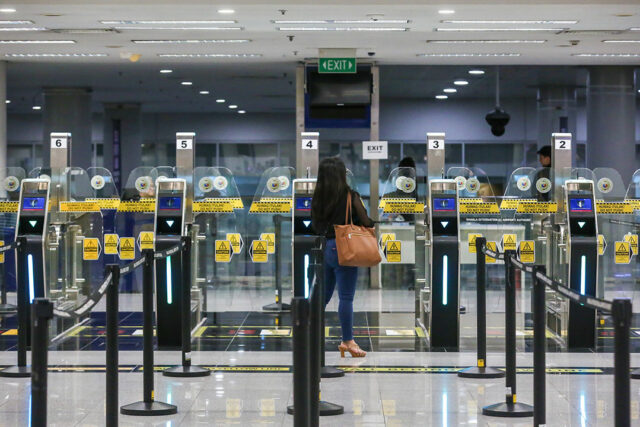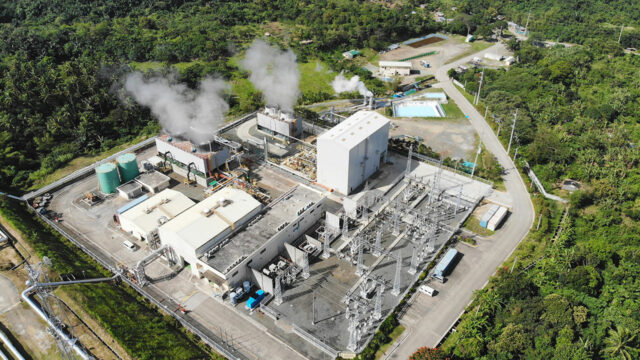BPI Foundation launches new Estudyantipid episodes to empower Filipino Youth with financial literacy

BPI Foundation, the social development arm of the Bank of the Philippine Islands (BPI), continues to champion financial education with the launch of two new episodes of Estudyantipid — an engaging educational series designed to equip Filipino youth with essential money management skills.
The on-ground premiere was held at Rizal High School in Pasig City, where hundreds of junior and senior high school students gathered for an interactive session on financial literacy. Attendees participated in hands-on activities and dynamic discussions, and were given a first look at the new episodes, which tackle timely topics such as scam and fraud awareness, and the difference between gross and net profit in business.
Carmina Marquez, Executive Director of BPI Foundation, highlighted the organization’s ongoing mission to make financial education more accessible and relevant: “At BPI Foundation, we believe that financial education is a cornerstone of empowerment. By equipping young people with practical money skills early on, we’re building a generation that is responsible, resilient, and ready to face the future. Estudyantipid reflects our commitment to making learning both relevant and transformative for Filipino students.”

Educators also praised the initiative, recognizing the value of integrating financial literacy into the school curriculum — a subject often overlooked in traditional education. Through the Knowledge Channel’s Portable Media Library, schools now have access not only to the new Estudyantipid episodes but also to a broad range of educational content designed to enrich student learning.
The latest episodes of Estudyantipid address topics that resonate strongly with today’s youth. One episode demystifies the concepts of gross profit versus net profit, while the other provides practical tips to help students identify and avoid scams. Presented through relatable storytelling, the series bridges classroom concepts with real-life financial decision-making.
This launch is part of BPI Foundation’s broader FinEd Unboxed initiative, which aims to bring financial education to schools, communities, and organizations across the country.
Estudyantipid airs every Monday, Wednesday, Friday, and Sunday at 1:40 p.m. during the Araling Panlipunan timeslot, on Kapamilya Online Live every Saturday at 7:40 a.m., and on the Kapamilya Channel every Sunday at 8:15 a.m.
To learn more about BPIF’s financial education programs, visit www.bpifoundation.org or follow BPI Foundation on Facebook and Instagram.
Spotlight is BusinessWorld’s sponsored section that allows advertisers to amplify their brand and connect with BusinessWorld’s audience by publishing their stories on the BusinessWorld Web site. For more information, send an email to online@bworldonline.com.
Join us on Viber at https://bit.ly/3hv6bLA to get more updates and subscribe to BusinessWorld’s titles and get exclusive content through www.bworld-x.com.

















